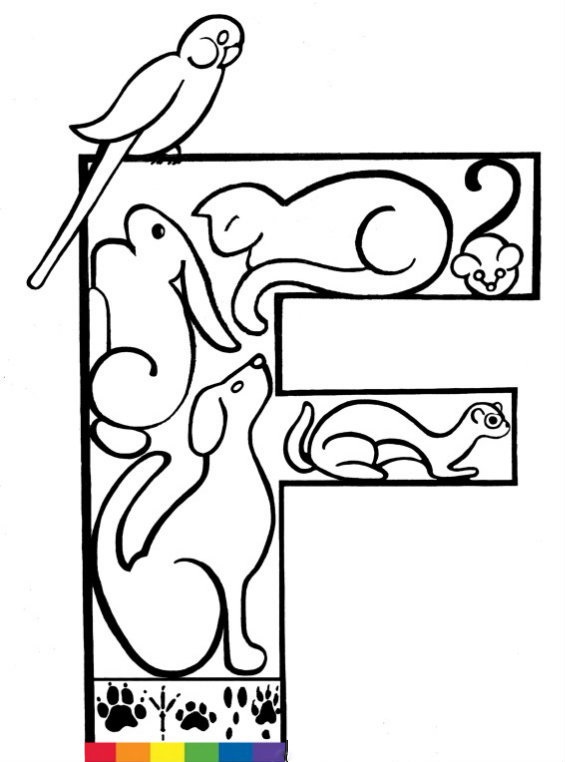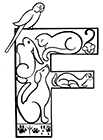Should My Bird Be Eating Seeds?
It is a common misunderstanding that seeds are a sufficient diet for companion birds. After all, wild bird feeders are filled with seeds, right? However, while wild birds enjoy the seeds people provide, they also eat a wide variety of other foods, including plants, insects, nectar, and, for some species, other small animals. In the wild, the same is true for cockatiels, parakeets, macaws, and other parrots. In their natural setting, these birds consume an almost unbelievable variety of foods.
The truth about seed diets is that they are comparable to eating only snack food and dessert. Seeds are very high in fat and deficient in protein and other nutrients such as vitamins A and D. Over the long term, a parrot that eats nothing but nuts and seeds is susceptible to liver disease, skin and feather problems, obesity, and many other medical conditions.
What Should I Feed My Pet Bird?
The current dietary recommendation for maintaining a happy, healthy avian companion includes feeding a combination of pelleted bird food; healthy, fresh foods; and a small amount of treat foods. And, of course, fresh, clean water should be available at all times.
Pelleted diets are made by several reputable pet food companies and are widely available in pet stores or from veterinarians in most areas. These diets are formulated based on current knowledge of the dietary requirements of birds. It is recommended that pellets account for 60% to 70% of the diet of a healthy bird. The remaining 30% to 40% of the diet should be a variety of fresh, low-fat, low-salt foods. These can include the following:
- Clean, fresh fruits and vegetables (raw or cooked)
- Cooked beans
- Cooked pasta and rice
- Plain popcorn (free of salt and butter)
Foods that you should not give your bird include chocolate, avocados, onions, and high-fat, salty foods.
Treat foods should make up less than 10% of the diet. Included in this category are seeds, treat sticks, spray millet, and nuts.
How Can I Get My Bird to Eat a New, Healthy Diet?
The most important thing is to make any dietary changes gradually. Birds can be very stubborn, particularly if they are accustomed to eating a very tasty diet of mostly treat foods. Some birds may actually starve themselves before they will eat an unfamiliar diet, so make sure you see your bird eating as you are introducing diet changes!
To gradually change your bird’s diet, try following these steps:
1. Start by placing a layer of your pet’s regular diet in his or her regular food bowl, and cover it with a layer of pelleted bird food. Mixing foods simply teaches your bird to select preferred items out of the dish, so layering is a better approach.
2. Add a second food dish near your bird’s favorite perching spot. This will usually be near the highest perch in the cage. Put only the pelleted diet in this dish.
3. Over time, gradually decrease the amount of the old diet and increase the amount of pellets in the first dish.
4. Moist foods, such as beans, rice, pasta, fruits and vegetables, should be offered in a separate dish from dry foods and should be removed from the cage after a few hours. These foods will support the rapid growth of bacteria if left in the cage for too long.
Monitor your bird’s eating habits, and be creative! For stubborn cases, try offering only pellets for a while in the morning when your bird is most hungry. You can try making pellets tastier by soaking them in natural fruit juice. Some birds may take several months before they will accept a new diet, but be patient. Most can be converted, and remember: it is the best thing for the health of your bird!

